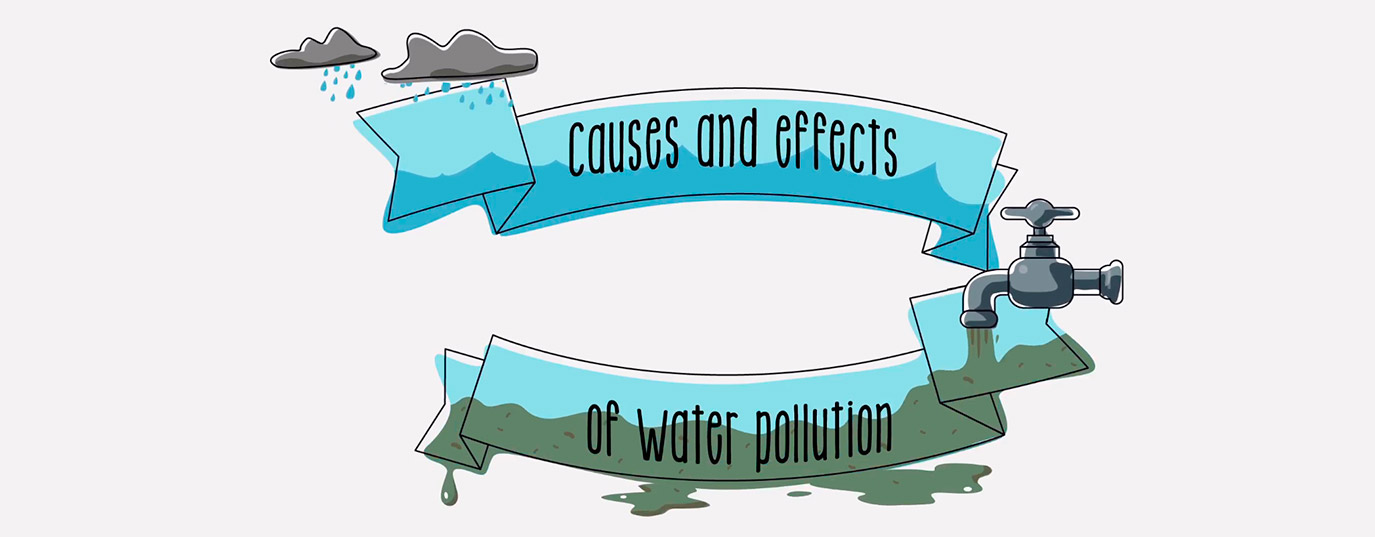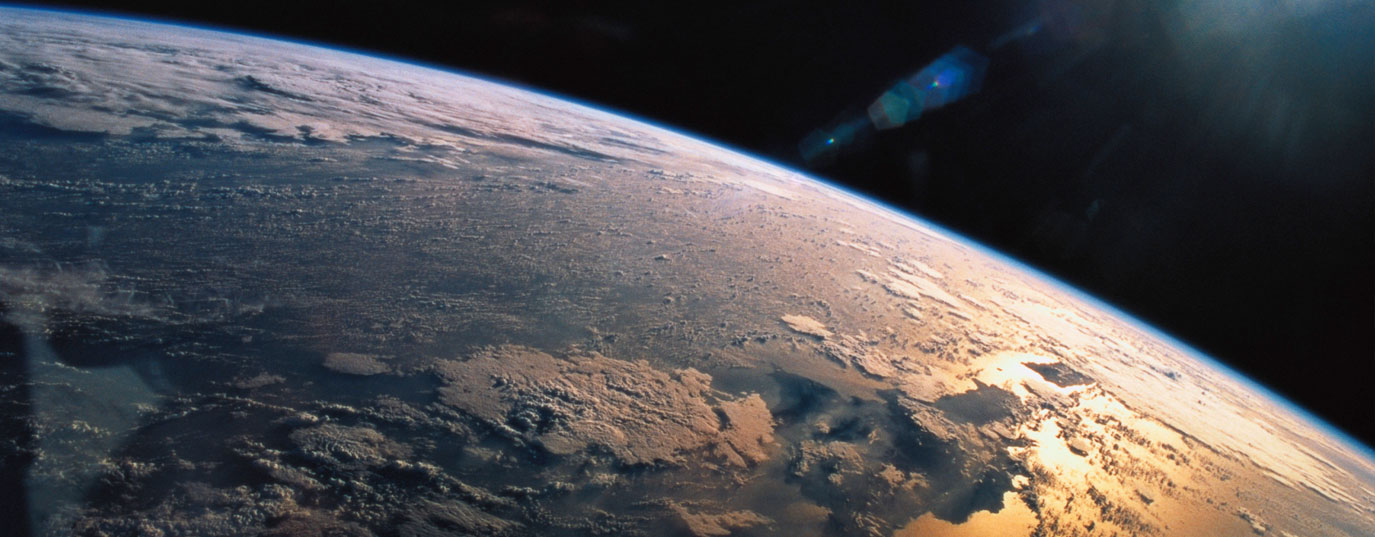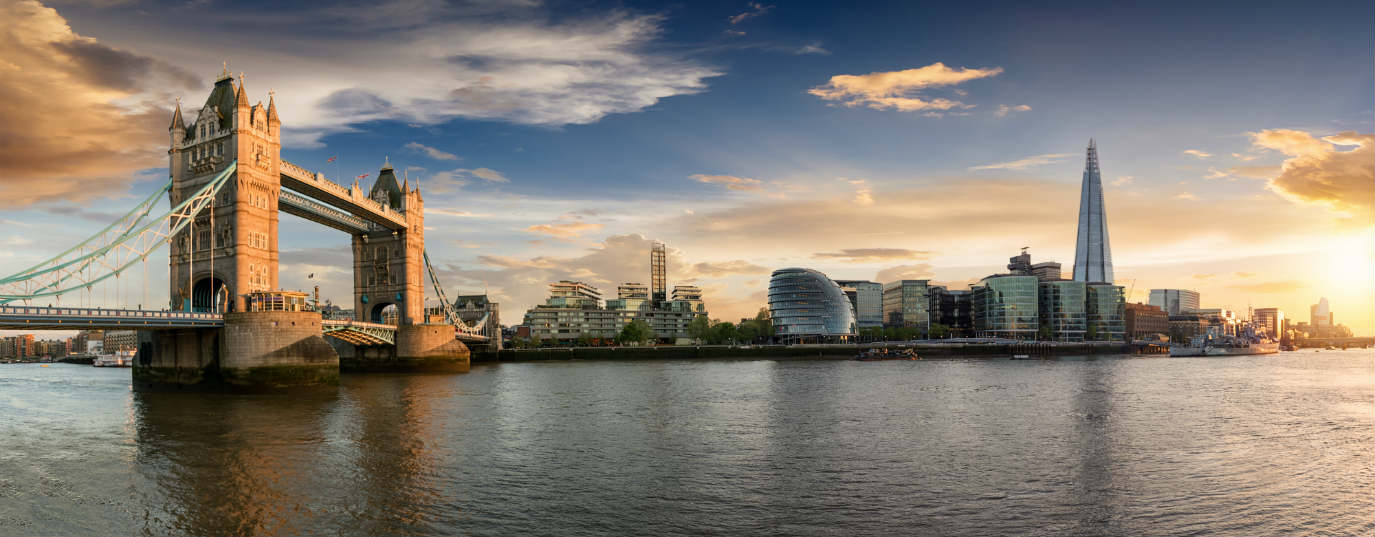Improving water quality to improve people's lives
Millions of people around the world drink water that is not fit for drinking. Improving water quality and reducing water contamination is essential and urgent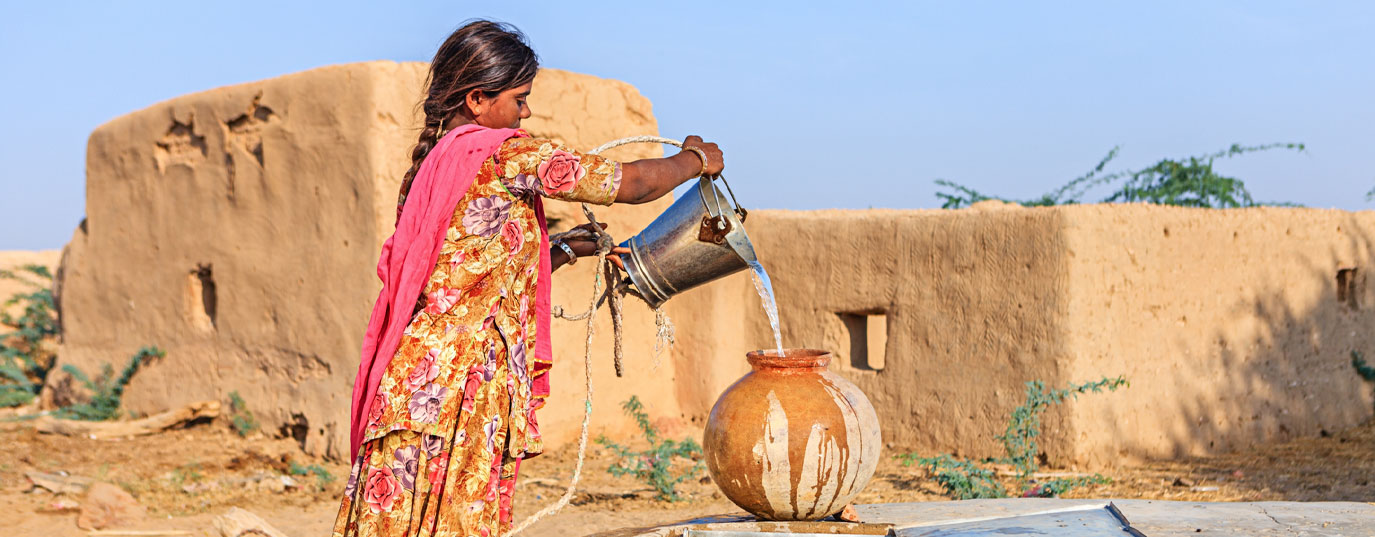
Earth is the water planet. There is not a species in this world that can survive without it. And we're killing it. Yes, that's right. The deterioration of water quality and contamination are endangering its ability to generate life, health and progress.
In this article you will find:
- How is water quality affected by pollution?
- What are the main factors that affect water quality and water contamination?
- How can water quality and water contamination be assessed?
- How can water quality and water contamination be improved?
How is water quality affected by pollution?
What colour is the water that comes out of the tap in your home? One in four people would not answer that it is clear. Although the United Nations has recognised clean water as a fundamental human right, according to UNICEF, 26 % of the world's population does not have a safe drinking water source at home.
While it is true that in recent years this percentage has continued to decrease, there is still a long way to go to meet Sustainable Development Goal (SDG) 6: to achieve universal and equitable access to safe and affordable drinking water for all before 2030.
THE REALITY OF WATER IN THE WORLD
- 750 million people do not have drinking water.
- 31 % of schools do not have drinking water.
- If everyone everywhere had drinking water, the number of deaths from diarrhoea would fall by one third.
Do you remember what happened in Flint in the United States in 2014? The city stopped receiving water from the Detroit distribution system and, as a measure that was introduced to help save on public spending, began to source water from a polluted river. This solution soon became a problem.
For 18 months, its inhabitants drank poisonous water due to political neglect. There was genuine alarm when a paediatrician began to warn people about the presence of lead in blood samples from the children she was treating.
The water crisis is a public health problem and therefore requires everyone to take action and engage with the matter: citizens, organisations and public bodies
Which water can we drink and which water can we not drink?
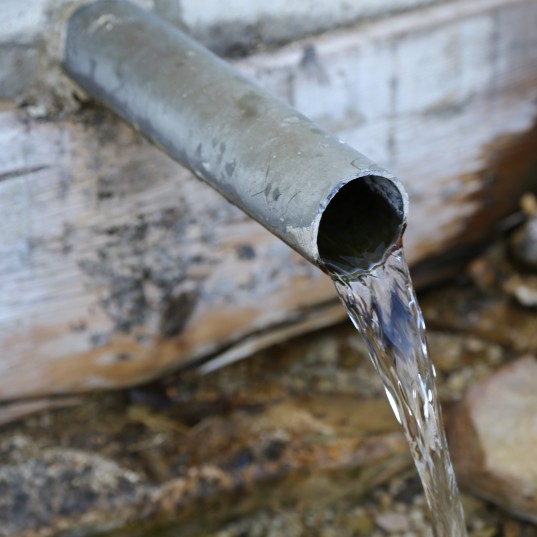 There are thousands of cases around the world like that of Flint, not only because of political neglect but also because of a lack of infrastructure and resources. All over the world, millions of people consume poor quality water, water that is not suitable for drinking. But how do we know which water people can consume?
There are thousands of cases around the world like that of Flint, not only because of political neglect but also because of a lack of infrastructure and resources. All over the world, millions of people consume poor quality water, water that is not suitable for drinking. But how do we know which water people can consume?
Water quality is determined by its chemical, physical and biological characteristics. It depends on factors such as its temperature, mineral content and the amount of bacteria it contains. This information is used to decide what it can be used for: industrial use, domestic use, human consumption etc.
"Water quality is determined by its chemical, physical and biological characteristics"
The main sources of water contamination
When the three standards that we have just mentioned change because of contamination, water quality is affected. The introduction of unwanted chemicals or micro-organisms causes changes in its composition that can seriously affect the health of the environment and those who drink it.
What are the main factors that affect water quality and water contamination?
- Industrial waste: there are still a large number of companies around the world that pour inadequately treated waste into rivers or seas.
- Global warming: climate change also contributes to water contamination. When an ecosystem experiences temperatures that are higher than average, the composition of the water changes because the amount of oxygen decreases.
- Use of pesticides in agriculture: farms and agriculture discharge large amounts of chemicals, fertilisers, organic matter and other waste into the water.
- Deforestation: this causes bacteria and sediments to emerge under the soil, consequently causing the groundwater to become contaminated.
- Oil spills: spills of oil and its derivatives are due to poor transportation and filtration of products such as fuel, which is usually stored in underground tanks.
The water problem has become a global problem. 90 % of the water that we pour into rivers is untreated water that has not been purified. We are, therefore, pouring contaminated water into the arteries of the planet and this then becomes poison for ecosystems, species and humankind.
According to various studies, a rise in sea temperatures can affect the development of certain micro-organisms that are harmful to animal and human life.
How can water quality and water contamination be assessed?
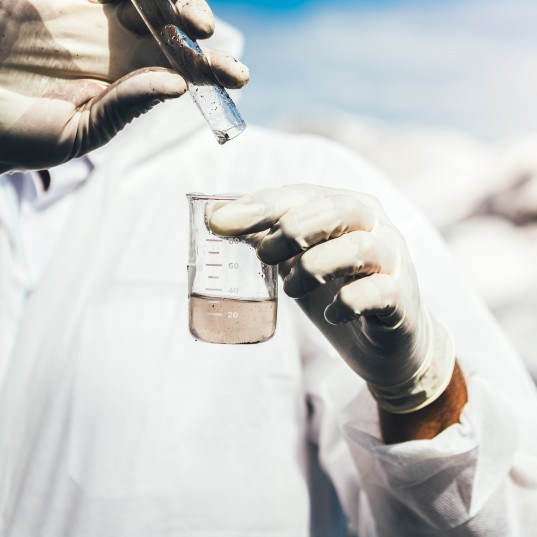 There are times when we can determine at a glance whether or not certain water is suitable for human consumption. If you turn the tap and the water comes out cloudy or yellowish, it is clear that you cannot drink it. However, in most cases a laboratory analysis will confirm which water is suitable for consumption.
There are times when we can determine at a glance whether or not certain water is suitable for human consumption. If you turn the tap and the water comes out cloudy or yellowish, it is clear that you cannot drink it. However, in most cases a laboratory analysis will confirm which water is suitable for consumption.
What are these analyses based on? The physical, chemical and biological characteristics of this element.
- Physical characteristics: smell, taste, colour, temperature, pH and cloudiness
- Chemical characteristics: levels of aluminium, mercury, lead, iron, fluoride, copper, chloride, sulphates and nitrates.
- Biological characteristics: the algae, bacteria, fungi, moulds and yeasts of a water system are analysed to find out its ecological status.
Our activity alters its natural state and contaminates it, causing serious environmental damage to rivers and seas and making it impossible to use it for activities such as agriculture. It is therefore essential to ensure that water is properly treated so that it can be reused and returned to the environment.
How can water quality and water contamination be improved?
In just a few years, there has been a dramatic change in water cleanliness. Up until a few decades ago, we thought that it was an unlimited natural resource that would always be provided by mother nature. We now have to develop techniques to reuse water and improve its quality appropriately. You can find more information here.
Water treatment
The purpose of water treatment is to reduce or eliminate contamination or unwanted characteristics of water. It consists of a series of physical, chemical and biological processes that remove contaminants from the water. The aim is to give the water the right characteristics for the desired use. As a result, the water treatment process varies depending on its properties at the outset and also its ultimate use.
Water purification
Wastewater purification from urban centres or industries is carried out at a Wastewater Treatment Plant (WWTP). Essentially, the WWTP emulates the purification processes that occur naturally in the course of a river, completing these processes automatically and comprehensively.
Do you know what reverse osmosis is? In this article you can see how it works.
The first step is to remove any solids from the water. From sticks or stones to sand, grease and oils that are floating on top of the liquid. Next, a biological treatment would be applied to remove organic matter from the water. Finally, pathogenic agents would be removed.
Desalination of sea water
Sea water desalination has been happening for a long time now. But what's new is that, thanks to reverse osmosis desalination, this process is becoming more and more energy efficient.
Reverse osmosis allows salt to be removed from salt water through a semi-permeable membrane. Not only is this the most advanced process, it's also the most efficient and sustainable, as it generates up to 4.5 times fewer greenhouse emissions than other desalination technologies.
There are around 18,000 desalination plants in the world right now and each year this figure increases by around 10 %.
A summary of how to improve water quality and contamination
The fact that it is everyone's responsibility when it comes to using shared resources is key. Remembering not to litter when we are in nature and not to flush items down the toilet that do not break down easily, for example, help maintain good water quality. In reality, however, governments, administrations and businesses must take responsibility for implementing strategies and actions to ensure that people and agriculture receive the best possible water quality.
Techniques that could be implemented include:
- Reviewing what human and industrial activity is affecting this element
- Studying how water contamination affects aquatic and terrestrial ecosystems and their food chain and human health, among other aspects
- Evaluating the quality of groundwater, surface water and other water resources
- Reducing chemical contaminants that often end up in rivers, lakes and oceans
- Purifying water by removing these contaminants as well as any solid, organic and pathogenic residues
- Treating salt water to convert it into fresh water that is suitable for drinking and other uses
SOURCES:
https://www.youtube.com/watch?v=2JT2U5n3_EA
https://elpais.com/internacional/2019/09/03/america/1567535732_793689.html
https://www.fundacionaquae.org/calidad-agua/
https://www.activesustainability.com/water/water-reuse-techniques/


